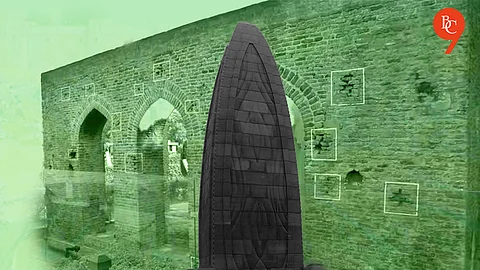

Amritsar, an Indian city in the land of Five Rivers (also called Punjab) is home to the focal place of reverence for the Sikh community of the subcontinent called the Harmandir Sahib Gurudwara, or the Golden Temple. The significance of this religious structure is so supreme that the city of Amritsar itself is popularly known as the Golden City of India. For as long as it has stood glittering, the Golden Temple has been a symbol of Equality and Inclusivity- two of the founding pillars of Sikhism itself.
Woefully, the Golden City has not aged without tarnish. Over a century ago one of the most brutal slaughters in the history of the country unfolded on the quiet premise of a garden known as the Jallianwala Bagh.
On the doomed Sunday of April 13th, 1919, General Reginald Dyer entered the Jallianwala Bagh, blocked all exits, and opened fire on unarmed civilians present there for a peaceful gathering against a bill that had passed illegitimately by the imperial parliament that allowed the British to arrest dissenters without any trial, called the Rowlatt Act.
Many of these victims had just gathered at the bagh to celebrate the first day of the Vaisakh month, a festival known as Vaisakhi (or Baisakhi), and some just happened to pass by the site on their way back home from the golden temple. More than 500 innocent lives were taken in this act of heinousness and three times the number of people were injured with no medical attention provided. Had the ammunition lasted longer, the inhuman annihilation would have been even bloodier.
Like every hunter who gets glorified in history because no lion ever wrote their version, General Dyer went home a hero who prompted amassed celebration from the people of Britain. On the other hand, many Indian freedom fighters gave up the titles given to them by the British and ended all association with the imperialists. Professor Mohammad Sajjad, professor of Modern History at Aligarh Muslim University, in a conversation with the Bridge Chronicle, urged,
“We should remember that it was after the Jallianwala Bagh Incident that the national movement started becoming a mass movement”
In 2019, as the tragedy completed 100 years, the Government of India decided to revamp the place. The ‘beautified’ version of the site was inaugurated in 2021 and has since then invited criticism from people belonging to diverse walks of life, especially the direct descendants of the victims of the cruelty.
The renovation has been termed as an “erasure of history” by many. The alleyway that Dyer blocked is now studded with optimistic and jolly-looking statues of freedom fighters who hold no connection to those who were martyred there in 1919; not only this, there is now a sound and light show that takes place to commemorate the lives of the martyrs, and the bullet holes that were a testament to the slaughter have also been galvanized.
This phenomenon of transforming something with a complex history into something flashy, commercialized, and attractive to tourists in a safe and controlled manner is known as the Disneyfication of that place.
Professor Sajjad reiterated the pivotal role historical sites play in igniting a sense of fraternity and nationalism across different generations, moreover, he highlighted how important it is to preserve these spots so that the sacrifices of our ancestors do not get lost in the ravages of time and act as memorabilia of the united front that people belonging to diverse faiths had put up against the colonizers. He further explained how the strong forces who “repudiate heterogeneity” might end up dismantling the Republic of India, and said,
“Therefore, in the face of these challenges (...to the diversity of the nation) commemoration of all such events and places is much more important than it was ever before”
Professor Mohammad Sajjad
Toward the end of the conversation, Prof. Sajjad segregates the Western idea of exclusionary nationalism from that of inclusive nationalism,
“ If it is exclusionary, it is not nationalism because nationalism stands for people. So if you are excluding your own people, it cannot be nationalism it can only be supremacism”
The Golden Temple, albeit a symbol of unity and inclusivity, is still tainted with the memories of Operation Blue Star, and no matter how painful, the harrowing parts of our history need to be recalled not only to honor the lives that were lost but also to prevent history from repeating itself.
